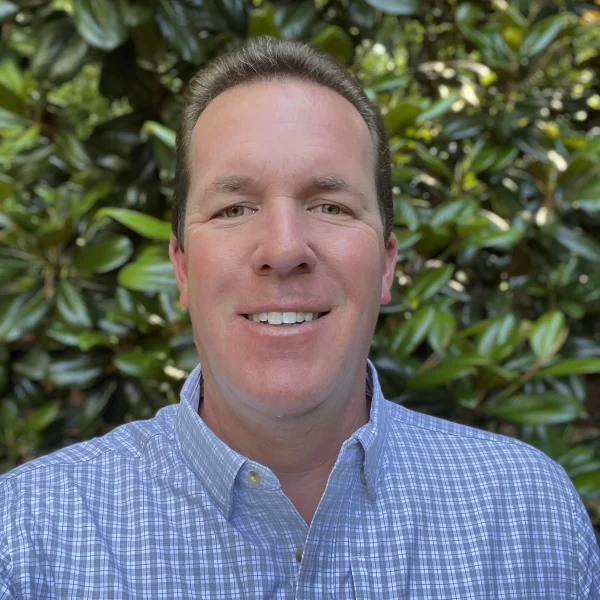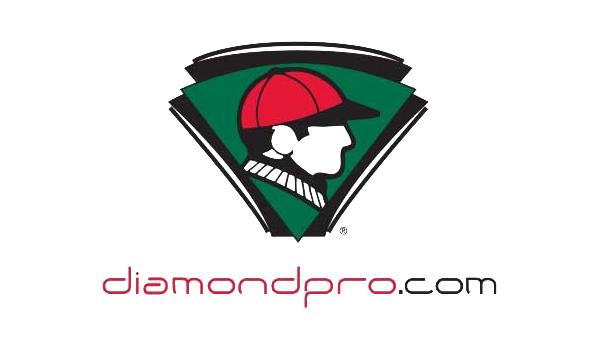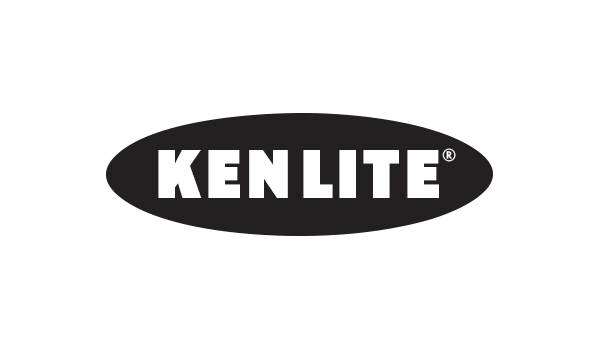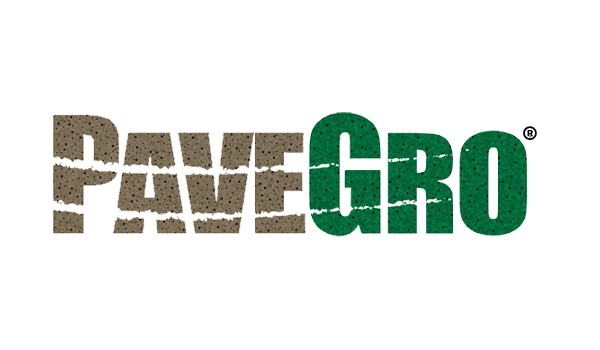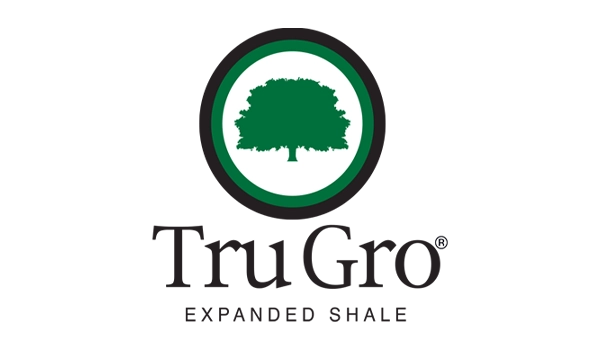Stormwater Management: The Role of Lightweight Aggregates
With 28 years of experience in the green industry and a degree in horticulture, Paul Altznauer brings a unique blend of practical expertise and academic knowledge to his work in sustainable landscaping and environmental solutions. His passion for eco-friendly practices and landscape design has led him to explore the versatile applications of lightweight aggregates, particularly in stormwater management and Low Impact Development (LID) systems.
One of the standout benefits of lightweight aggregates in stormwater management is their high porosity. Paul Altznauer explains, “Engineers get excited to learn that lightweight aggregates can have total pore space voids of up to 65%. Contrast this with 40% for normal weight aggregates, and that means you can use less material to accomplish the same storage volume.” This increased pore space is invaluable in stormwater systems, as it allows for greater water retention and storage within a smaller footprint.
With such high porosity, lightweight aggregates are ideal for supporting infiltration and drainage, making them suitable for a range of stormwater applications. This versatility means they can be effectively integrated into most Low Impact Development (LID) systems, including bioretention areas, green roofs, bioswales, and structural soil installations.
Versatile Applications Across Stormwater Systems
Lightweight aggregates are not only beneficial for stormwater retention but are also highly adaptable to different types of LID applications. According to Altznauer, sourcing consistent materials for projects can be challenging, particularly with regional variations in sand quality and availability. However, lightweight aggregates offer a dependable alternative with a wide range of gradations suitable for various applications:
- **Fine**: Designed for bioretention systems, providing ideal porosity and infiltration characteristics.
- **1/4” – 3/8”**: Commonly used in green roofs and bioswales, supporting both water management and plant health.
- **1/2”**: Utilized for structural soil in urban tree installations and turf fire lanes, combining strength and permeability.
This range of gradations allows designers and engineers to use lightweight aggregates in diverse stormwater and landscaping applications, effectively meeting the unique needs of each project with a single, adaptable material.
Enhancing Soil Quality for Urban Landscaping
In urban environments, soils often lack sufficient water retention and air space, essential for plant and tree health. Altznauer emphasizes the importance of these elements: “Many urban soils are deficient in two things—water and air space. Lightweight aggregates can be added to topsoil or designer soils to increase the volumes of oxygen and water so desperately needed for healthy plants and trees.”
By incorporating lightweight aggregates into urban soils, landscape designers can create healthier, more resilient plant environments. The aggregates provide essential porosity, allowing for better root growth and water absorption, which are critical for urban trees and large container plantings often used in city landscapes.
Frequently Asked Questions
Why are lightweight aggregates good for stormwater management?
“Lightweight aggregates have a high percentage of total void space (up to 65%) which can store excess water. They also have great infiltration rates (above 1200 inches/hour) and the ability to absorb up to 38% within their ceramic pore structure. Many controlled gradations exist, so you can target specific infiltration rates as your local codes dictate. Lightweight aggregates used in bioretention, bioswales, infiltration strips, and soil amending practices help reduce total suspended solids and other stormwater pollutants.”
Does lightweight work better than sand?
“Lightweight aggregates have been proven to hold onto water longer than sand, which helps moderate soil temperatures over time, leading to higher survival rates and improved performance of plant material. I have been told that lightweight aggregates will not crust over like sand-based bioretention systems. You also have higher product consistency with lightweight aggregates due to controlled gradations and strict product manufacturing.”
Tell us about bioretention media.
“Bioretention media is similar to green roof systems, but instead of targeting soil media weights, they are designed for a specific infiltration rate based on regional rainfall and site conditions. The components are generally the same (lightweight aggregate, sand or soil, and compost), but the ratio of materials differs. Designers can increase or decrease the infiltration rate by adjusting component proportions or switching to a finer ‘sand size’ gradation for the aggregate.”
Are bioswales different?
“Bioswales are much easier to design due to the rapid infiltration of lightweight aggregates. I have seen specifications from landscape architects using 50% topsoil and 50% lightweight aggregate for bioswales. We tested this mix at an accredited lab and achieved an infiltration rate of 24+ inches per hour. Any soil with 50% or more lightweight aggregate will generally set up firm, meaning these areas can be gang mowed in the spring without the worry of rutting up the turf.”
Won’t a turf with a high infiltration rate dry out?
“You will find that lightweight aggregates do an incredible job of retaining moisture in the soil. I prefer to see bioswales sodded with turf grown in sand, which limits soil compaction and provides the best infiltration rate. Water penetrates deeper, helping moderate soil temperature and benefiting the turf. This contrasts with limited infiltration where irrigation is confined to the upper 2 inches, prone to evaporation loss.”
Where can I get testing?
“Accredited labs can help with this. Just send the components of your bioretention or bioswale media to the lab and tell them what infiltration rate you are targeting. They should be able to provide you with the percentages of each component for blending.”







